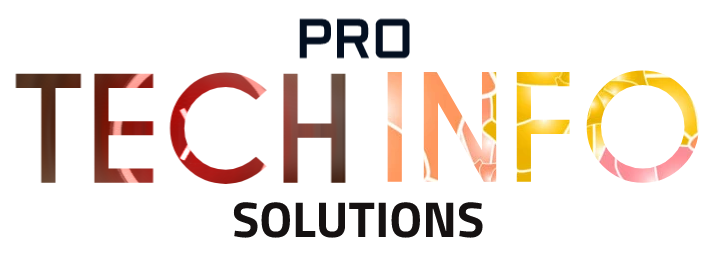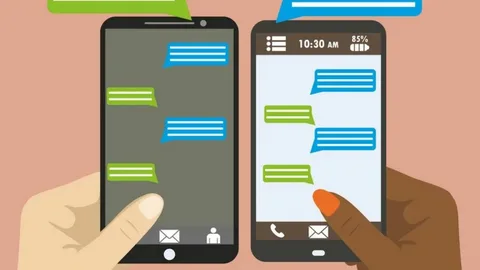In the rapidly evolving landscape of digital communication, the way we express ourselves online has undergone a profound transformation. From the early days of simple text messages to the rich and expressive world of modern chat platforms, digital expression has become a language of its own. This article takes a deep dive into the fascinating realm of digital expression in onlinechat, exploring the evolution, nuances, and impact of emojis, emoticons, GIFs, and other forms of visual communication.
Table of Contents
ToggleThe Birth of Emoticons: Pioneering Emotional Expression in Text
The journey into digital expression begins with emoticons, the humble predecessors of today’s elaborate emojis. Originating in the early days of internet chatrooms and email, emoticons were simple combinations of punctuation marks and letters used to convey emotions. The iconic smiley face, 🙂 , and its variations were among the first attempts to infuse textual communication with emotional nuances, laying the foundation for a more expressive digital language.
The Rise of Emojis: From Pixels to a Global Language
Emojis, a portmanteau of “emotion” and “icon,” emerged as a natural evolution of emoticons, introducing a visual language that transcended linguistic barriers. The introduction of emojis on Japanese mobile phones in the late 1990s marked a turning point. These small, colorful icons quickly gained popularity and eventually became a universal means of expressing emotions, actions, and objects in the digital realm. Today, emojis are a global phenomenon, with thousands of symbols conveying a vast array of sentiments and ideas.
Emojis as a Cultural Phenomenon: Universal Symbols with Local Flavor
One of the remarkable aspects of emojis is their ability to convey universal emotions while also adapting to cultural nuances. Different regions and communities have embraced emojis that reflect their unique cultural expressions. Whether it’s the Japanese bento box or the Italian hand gesture, emojis serve as cultural ambassadors, enriching digital communication with diverse and context-specific visual cues.
Beyond Static Icons: The Animated Appeal of GIFs
As digital expression continued to evolve, static emojis found a dynamic counterpart in GIFs (Graphics Interchange Format). GIFs are short, looping animations that add a layer of movement and expressiveness to online conversations. This format allows users to convey reactions, convey humor, or illustrate narratives in a more dynamic and engaging manner, contributing to the visual storytelling aspect of digital communication.
The Role of Stickers and Memes: Cultural References in Digital Conversations
Stickers and memes have become integral to digital expression, offering a canvas for cultural references and shared experiences. Stickers are often larger, more detailed images that convey specific emotions or messages. Memes, on the other hand, are humorous images, videos, or texts that spread rapidly online, becoming part of internet culture. Both stickers and memes enable users to participate in shared jokes, reference popular culture, and create a sense of community within digital conversations.
Expressing Identity: Personalization and Avatars
The visual expression in digital chat extends to personalization through avatars and custom emojis. Users can create personalized avatars that visually represent them in the digital space. Custom emojis, often referred to as “emojification,” involve creating emojis that are specific to individual users or communities. These personalized elements allow users to inject their unique identity into digital conversations, fostering a sense of individuality and community. Read more: https://protechinfosolutions.com/
Digital Expression and Emotional Intelligence: The Impact on Communication
The advent of diverse digital expression tools has significantly influenced the emotional intelligence embedded in online communication. Users can convey nuanced emotions, tone, and reactions with greater precision, mitigating the challenges of text-based conversations, where tone can be easily misconstrued. This evolution enhances empathy and connection in digital interactions, contributing to a more authentic and emotionally resonant online experience.
Challenges and Controversies: The Dark Side of Digital Expression
While digital expression has enriched online communication, it also faces challenges and controversies. Misuse of emojis, misinterpretation of visual cues, and the potential for miscommunication pose risks. Additionally, issues related to cultural appropriation, stereotypes, and the over-reliance on visuals for communication have sparked discussions about the impact of digital expression on language and understanding.
Conclusion:
In the ever-expanding landscape of digital communication, the evolution of visual expression in chat has transformed the way we connect and communicate online. From the simplicity of emoticons to the dynamic world of GIFs, stickers, and memes, digital expression has become a language of its own, capable of conveying a spectrum of emotions, cultural nuances, and individual identities. As we navigate this visual realm, it’s crucial to appreciate the impact and challenges that come with the rich tapestry of digital expression, acknowledging its role in shaping the way we connect, share, and express ourselves in the digital age.
FAQS
Why has digital expression become such an integral part of online communication?
Digital expression, including emojis, GIFs, and memes, has become essential in online communication due to its ability to convey emotions, reactions, and cultural references more effectively than plain text. It adds a layer of nuance and richness to digital conversations, allowing users to express themselves in a visually engaging manner. The evolution of digital expression reflects the natural inclination of users to communicate more authentically and emotionally in the digital space.
How has the cultural aspect influenced the development of digital expression in chat?
Cultural influences are evident in the development of digital expression. Hence particularly in the case of emojis and stickers. Different regions and communities have embraced specific emojis that reflect their unique cultural expressions and symbols. Stickers often feature cultural references, and memes frequently draw upon shared cultural experiences. This cultural adaptability enhances the inclusivity of digital communication. Therefore allowing users from diverse backgrounds to express themselves in ways that resonate with their cultural identity.

